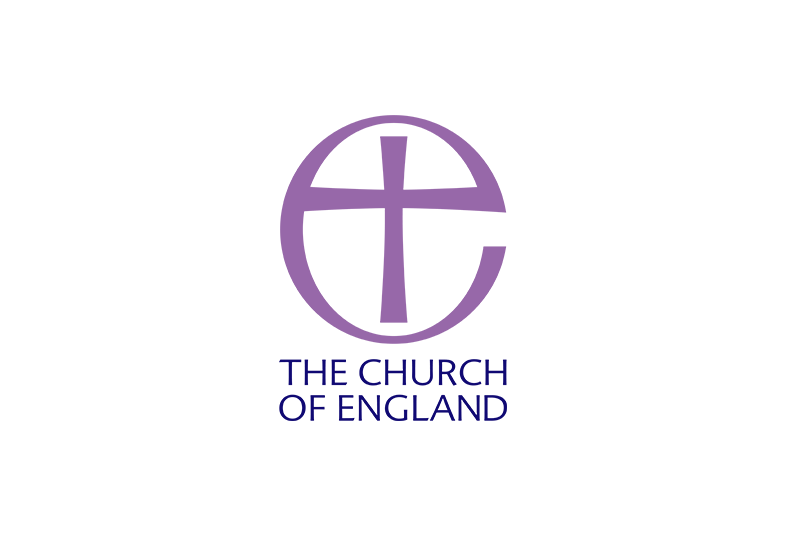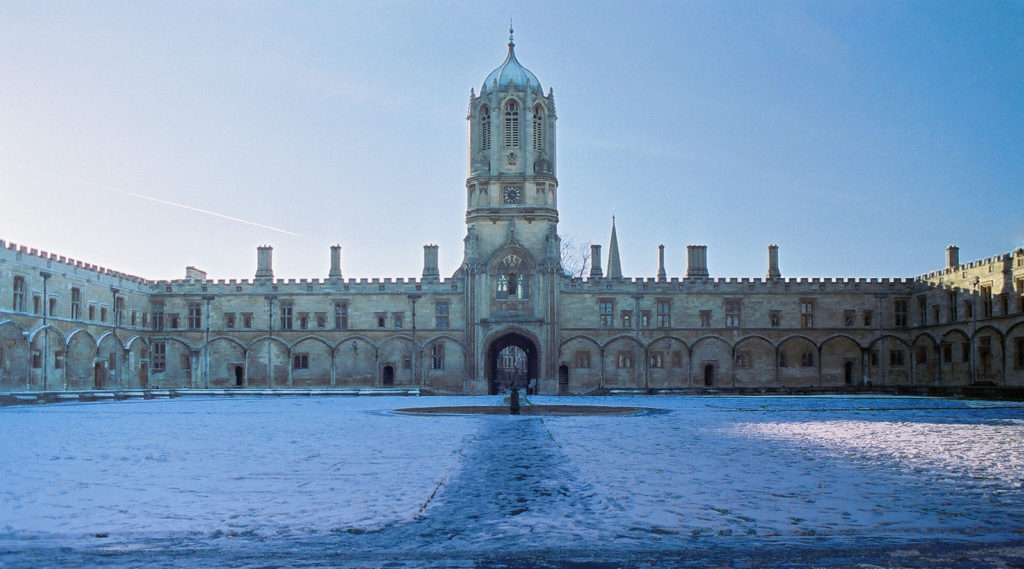
It is one of the features of the internet age that we are frequently invited to join customer surveys online. Typically, we are asked to express our satisfaction, or lack of it, for goods or services that we have received. Our satisfaction is to be rated on a scale of one to five or one to ten. This scale idea, rating something according to its intensity or power, has another name, a continuum. At any one moment we might judge ourselves high or low on a particular continuum scale when trying to assess internal sensations like our happiness, satisfaction or pain. The continuum concept in general is a useful one because it enables one person to indicate to another something of the intensity of their feelings. This, of course, may oscillate over a period of time.
The continuum idea, or the concept of a sliding scale of intensity or involvement, is a helpful notion when we examine a pair of words common in safeguarding vocabulary, survivor and victim. It has become common practice to place these two words together, connecting them with a forward slash symbol. This is because each of the words is related to the other in meaning. Each word represents a response to an experience of abuse. One might be considered to be finding a place of resilience after a deeply traumatising event. The victim on the other hand is having to endure a possibly greater level of ongoing pain which may be combined with a profound sense of powerlessness. An abused individual may, of course, internalise aspects of the survivor and the victim experience simultaneously. The survivor will however probably see him/herself at a different place along the continuum scale to the one who finds him/herself closer to the status of a victim. The continuum idea is of course far from a perfect analogy. It will be pointed out that survivor and victim are by no means at a fixed point on the scale. Their place on our notional scale will be constantly shifting. It will change according to a variety of factors, both internal and external. There is always the hope that the support offered to the abused will help to move them to the position of survivor. Beyond that we long for the survivor to find eventually a place of complete healing.
We need to examine each of our two words in turn. As we have already suggested, the abused individuals who lie neatly at either end of victim/survivor continuum will probably be a minority. The rest, perhaps the majority, lie somewhere near the middle of the continuum in a constant state of oscillation. They will have mixture of needs, some relating to their survivor identity and others to their victim status. It is, however, helpful to set out a range of helpful responses to abused individuals in accordance with their proximity to the poles at each end of the continuum. Let us first consider the likely needs of the individual who occupies a place which identifies them as a victim. The word implies that the pain of their abuse is still raw and largely unprocessed. The very core of self-identity has been assailed; their peace of mind and self-determination may have been thoroughly undermined. If we were to summarise the likely needs of someone who self-describes as a victim, we would probably focus on their practical and therapeutic needs. Their practical needs will relate to disturbed relationships, employment and housing needs, as well as money problems. For help with those practical needs, the victim may need the support of a mentor or advocate. In addition, there will be an urgent need for a range of psychotherapeutic skills that may be on offer. As I have said elsewhere, the skills needed to help an individual abused in a religious context are rarely fully understood by psychotherapeutic professionals. The abused will also find it difficult or impossible to accept help from representatives of the organisation which in some way enabled the abuse. Bishops and clergy are seen as representing the institution that abused the victim and the attempts to reach out to these victims are often pushed away with anger and hostility. Engaging with an abused victim who has been traumatised and damaged psychologically at a number of levels may be a demanding task.
The word survivor is used when we detect that a victim has moved on from the first stage of raw vulnerability and is beginning, with the help of others, to rebuild and heal. To use the word survivor is not implying that the individual is morally or physically superior to the victim. Rather we are encountering someone who is at a different stage along the continuum in their healing journey away from abuse. There is one serious problem with this journey analogy. Those who set out on a path of healing may at any point be suddenly jerked back along the path to a previous stage. This may happen because of a triggering event which causes the body-memory of the abusive event to be re-activated in the survivor. Another way in which a survivor re-enters the status of victim, is as the result of the crass and insensitive responses of those in authority. These can sometimes be described as re-abuse. There is thus no steady or invariable path from to victim to survivor, only a series of moves in the right direction punctuated by periodic setbacks from time to time.
The individual who counts him/herself as a survivor may have had as torrid a time in dealing with the abuse as the victim. However, factors such as time and competent therapy have allowed him/her to move to a stronger more resilient place. The individuals who write to me as the editor of this blog tend to be from the survivor population. They are still vulnerable but have found the strength which allows them to use their voice to reach out to supporters. Their needs are distinctive. They are no longer constantly at the point of desperate vulnerability and pain. The pain and the brokenness may be still alive and present inside them, but they seem to have reached a point where they can also look at what has happened to them and feel something other than the original pain and numbness. Above all many feel anger. This anger is normally focused and clear-sighted. It recognises that abuse has taken place and that the perpetrator will have likely been responsible for abusing others. The anger is thus often the anger of an activist and campaigner. Many survivors are ready to work hard to make sure that their suffering does not go any further. The survivor is therefore often like a political activist. He/she has a determination to make sure that what they have suffered has, ultimately, some meaning and can be used in some way to help others.
In thinking further about this idea of the survivor sometimes taking on the role of activist, even campaigner, there is another passion often at work. This passion is the desire to see truth and justice firmly placed on the agenda of the institution which in some way enabled the abuse. The word truth implies that there is a deep desire to know exactly what happened and who else may have been involved. The survivor knows that every abusive event is part of a wider whole. Their individual story fits into a broader narrative with many actors. As I have said on this blog, for every individual case of abuse there are those who knew at the time that something was not right. They hid from any kind of action which would have involved awkward questions or the disturbance of the status-quo. Then there were others who were friends of the perpetrator but, for reasons of loyalty, did or said nothing. A further group are those who were told at some later date about the abuse but responded with no desire to know anything more and may have tried to close the disclosure down. Finally, there are the authorities in the church who had the responsibility for learning from the event. This ability to engage successfully in a ‘lessons learned’ process has, as we all know, a very chequered history. All too often the instinct of leaders is the protection of the institution at all costs and thus they are blinded to the needs of the hopeful survivor.
Survivors, through their frequent experiences of acting as passionate spokespeople, have a distinct set of needs. They are often found ‘difficult’ because they have the habit of asking awkward questions of those who occupy positions of leadership. The difficulty that leaders have in responding to survivors’ groups is that they, the leaders, are deeply committed to the protection of the reputation of the Church. A leader inevitably will also be solicitous for the assets of the organisation. The passion and activism of some survivors towards finding justice and redress for themselves and other survivors is a threat to both. If the abused tell too much of their truth, the outside public may come to see the leadership in an unfavourable light. Sources of income and other forms of support may start to dry up. One of the extraordinary features of recent church scandals is that even if it becomes abundantly obvious that Leader A or Leader B has failed in terms of competence or truthfulness, they are never required to resign or even retire. This institutional refusal by church leaders ever to own up to serious failings does not allow the Church to move on beyond the scandals in a healthy way. This means that many bad situations are left unresolved. Like rotting meat that is not disposed of hygienically, the problems of denial, avoidance and unaccountability remain within the structure and are a permanent threat to the well-being of those on the recovery journey. Thus, the health of the wider church is badly compromised.
Survivors and victims, in spite of setbacks, travel hopefully along a path which they trust will enable them to recover fully from their past abuse. Both these categories of the abused are on a journey which, all too often is not completed. Those of us who belong to the band of supporters look on and note the enormous efforts being made by the Church to inhibit future cases of abuse. The record of really meeting past survivors’ and victims’ needs is, by contrast, at best patchy. Those who have been abused do have serious needs. We long to see understanding and compassion on the part of the Church and its leaders for these individuals, alongside the sort of real relevant help so that they find the healing they require and deserve.
Discussion is enabled for this post








